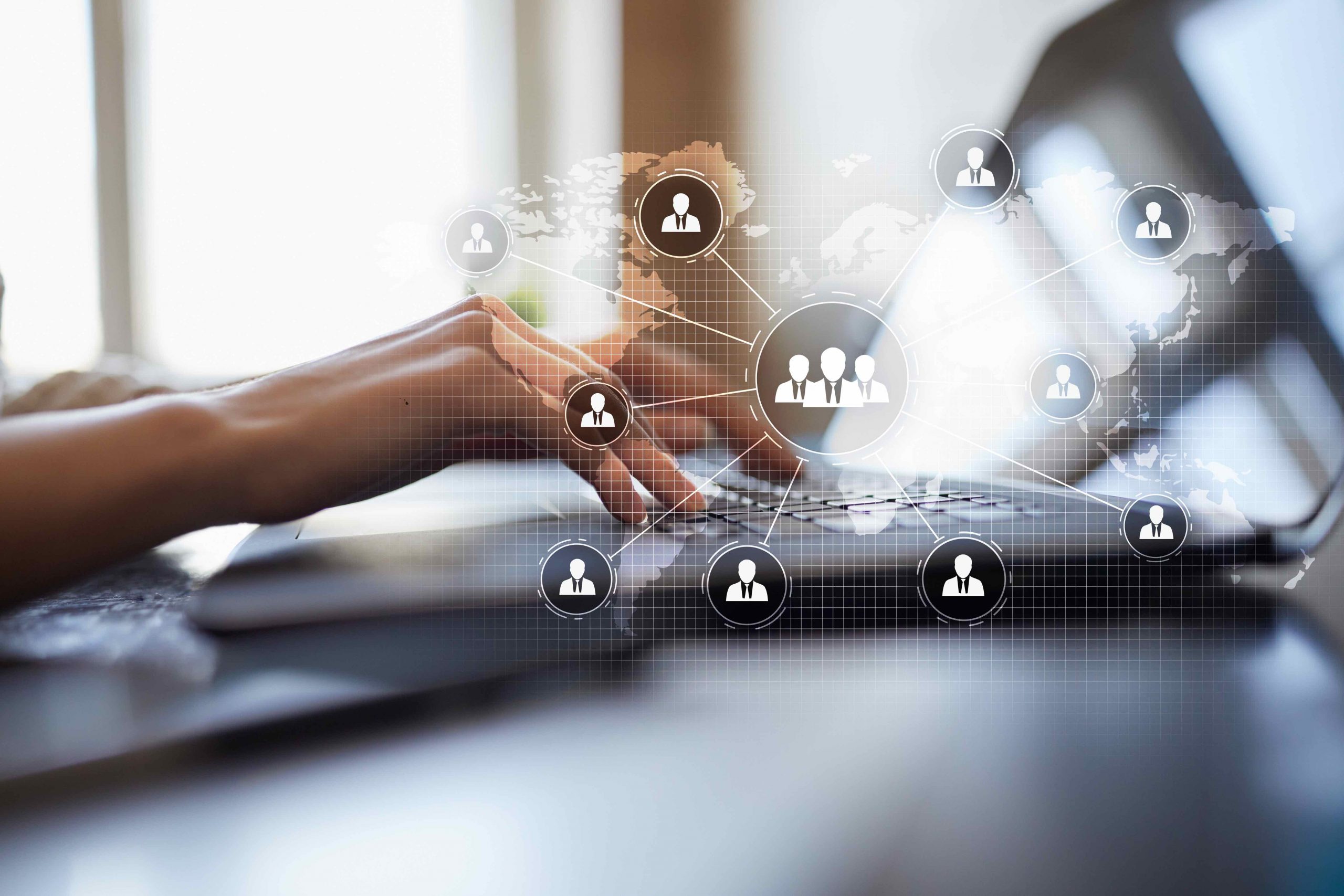Employees have plenty to worry about under routine circumstances. The work ahead of them, relationships, family… we all have common threads that create anxiety.
Add immigration to the mix, and the emotional burden can increase significantly. Employees and the global mobility teams they rely on are tasked with navigating an entirely different system that underlies those more routine concerns. Understanding how the visa process affects employees is an important part of human resources, and an absolutely critical part of our role in business immigration.
After decades helping HR and employees with their immigration needs, we’ve found three top pain points that regularly rise to the surface:
Sustained visa status uncertainty
Nobody enjoys living with uncertainty. But as wait times for visas get extended and qualifying conditions change with new legislation, workers and their families are forced to always have a Plan B. They are entrenched in their country of residence, living an established routine – yet they may need to uproot their lives if a work visa isn’t renewed.
Whether it’s understanding new guidelines, following through on scheduled visa appointments, or simply knowing where a visa sits in the processing timeline, there are continuous considerations that are part of everyday life for employees.
That type of uncertainty creates anxiety that is layered on top of the already intense scenarios brought about by life, especially during the unusual conditions of 2020 and 2021. The importance of employee mental health has become a high priority: employees believe they are entitled to some peace of mind, and HR knows they deserve it.
Unpredictable visa regulations
The constant changes in visa regulations and travel restrictions are a significant issue for employees who want to be able to focus on their careers and their families. Falling behind on requirements could cause nonimmigrant workers to fall out of status, lose their employment authorization, violate the terms of their employment eligibility, or otherwise make a misstep in the complex and inflexible system that governs U.S. immigration.
Predictability is an important principle for everyone involved in the process: immigration agencies, employers, and the employees that must stay in compliance. When they know what’s required – and what will be required in the future – people involved in the immigration ecosystem can function more smoothly and create more predictable outcomes.
On the other hand, as the Brookings Institution notes, visa holders and agencies alike suffer when there is regulatory whiplash. “Unpredictability diminishes the law’s knowability and transparency, eroding the fundamental principles of rule-of-law and putting agencies at risk of being rebuffed by courts for issuing rules that are arbitrary and capricious.”
Lack of transparency
Both of the first two pain points – uncertainty and unpredictability – are in many ways tied to the third. Lack of transparency is a frustrating but common issue for employees, who often simply want more information about their status and the rules they’re required to follow.
In too many cases, the system is still manual and opaque, leading employees into bureaucratic loops and dead ends even for straightforward questions. When is their status up for renewal? What stage is their pending case in? What is their next step? These are natural questions, but the answers aren’t always easy to come by, especially in a remote work environment.
Technology is catching up, though. Companies have the tools to create an efficient and transparent process that gives international employees access to the information they need to ensure that they don’t miss any legal deadlines or visa renewal dates. Our own WRapidTM system is an excellent example of putting smart technology to work for the benefit of employees and HR leaders.
If you have questions about the visa process or the challenges you’ve experienced, we are always here to connect with you.


